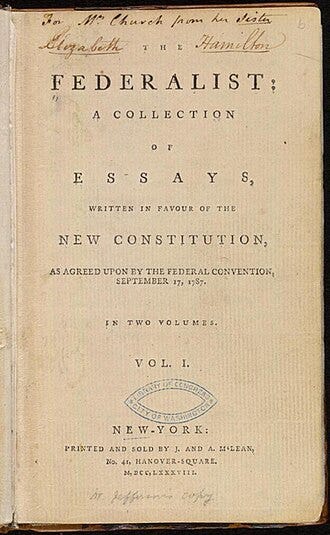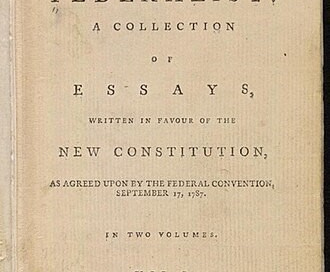
During my journey of personal encounter with projects of socialist construction in the Third World, I have learned that said projects have nationalist and patriotic discourses that connect their struggles for social justice to the historic heroes of their nations, even as they express appreciation for the gains in political science and technology forged by the bourgeois revolutions of the modern West. This discovery intensified my rejection of the tendency of the Left and the New Left in the United States to exhibit, in theory and practice, disdain for any expression of patriotic sentiment, and to speak as though their own nation is un-redeemably evil. Different from the prevailing leftist tendencies, I considered it necessary to formulate a social justice critique, in the fir…


